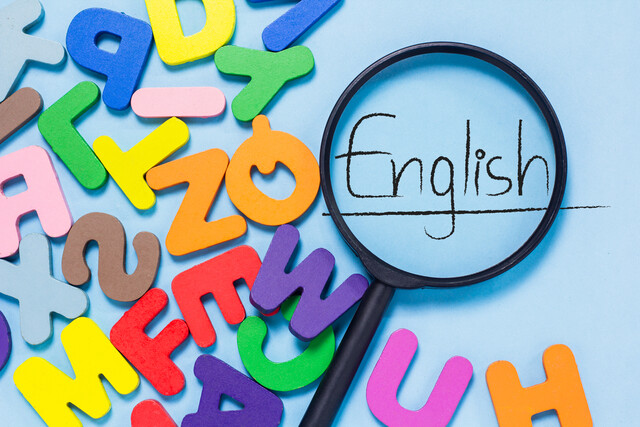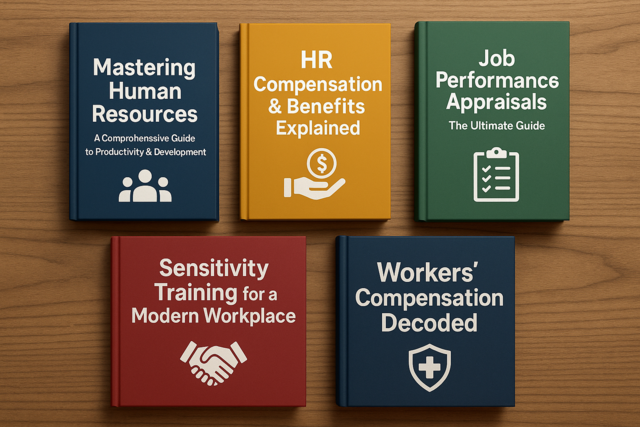Your action plan is the comprehensive diagram contained in your grant proposal and plays a large part in achieving your goal of a grant.
There is a three-step, interconnected process: (1) Decide on your objectives, which lead to your goals; (2) establish your goals for the project; then (3) implement your action steps. These are the basic three things you need to do to achieve the objective of creating the best grant proposal possible.
For each objective that you and others list, you must note how you envision achieving that objective. In other words, develop a plan that actually describes how those individual objectives will be accomplished.
Do not rush this part: Think about it. Think hard and long. Note some ideas, then walk away from the project for a while. Allow the ideas and points to percolate. For instance, how long would it take to achieve each objective? What equipment would be needed, if any? What type of participation by particular individuals would be required? When will those individuals be required, and for how long?
You also must have plans in mind as to what to do if certain things happen in relation to objectives. For example, if something goes wrong, do you report to anyone in particular? What action do certain individuals take?
A vital part of any and all action plans is the allocation of responsibility and accountability.
The organization that will be responsible for putting into operation a funded project must assign responsibility for each and every step within the action plan, whether or not this is requested in an actual RFP. The best time and place to do this is at the time of writing the action plan, within the grid or narrative. You always can adjust it later if need be, or if an alternative is seen to be superior and more effective.
If an objective is not reached, someone definitely will be held accountable. You need to fully appreciate that fact.
Funded projects are no different from a lot of other life scenarios: When things go right, no one bothers or cares; but when things go wrong, all hell can break loose!
How do you figure out how long something will take? Surely no one needs to tell you that just about everything always takes longer than you think it will. A good rule of thumb is that something will take about twice as long as you think it will and cost around twice as much.
That rule applies to every part of your grant proposal preparation, from writing the proposal through the actual implementation of the project.
You need to keep very much in mind the fact that grant awards usually are for periods of either one or three years.
With a one-year grant, you will need to be extremely realistic in documenting your plans and be absolutely sure that what you write actually can be accomplished within that year. With regard to a one-year project, the best way to structure things is to work month by month, assigning each and every step starting from the very beginning and including every detail, no matter how minute.
Ease of presentation, which leads to ease of understanding, is what the best applications are all about. Displaying large numbers of tasks, along with timelines, is very suited to utilizing the reasonably simple tables option available in most word-processing programs. (Microsoft Word has a particularly easy one to use). There is no need to complicate your life; there is no need even to use Excel. A simple table setup will serve just as well.
On occasion, there are a number of separate questions asked concerning action plans: persons responsible; time frame of individual activities; when, where, and how certain tasks will fit in; and certain results. Most RFPs request detailed plans of action that include factors such as objectives, measures, persons individually responsible for certain tasks, action steps, and of course time frames.
Naturally, the detailed plan of action would particularly suit the table or cell way of presenting information; but adding the table as an additional picture for the grant maker to view also has been successful. Going that little bit further nearly always helps on your road to successful grant-writing.
A few crucial details for you to keep in mind when considering your action plan: As the grant writer, you need to strike a balance between describing an action plan and schedule for your grant proposal that captures the mind of the grant maker and setting a plan and schedule that are realistic.
Most nonprofits struggle to get their new programs started, rarely starting as soon as the funding is awarded. In fact, launching such an effort actually can take several months. If the grant proposal's schedule is detailed so finely that it does not allow for this, you will end up behind schedule.
The simplest and best way to get the correct details together for your plan is to ask yourself obvious questions: What needs to be done first? What needs to be done second? What needs to follow that?
Unfortunately, grids are not the tool for every job. They do not illustrate such concepts as the processes involved in planning, developing, implementing, checking, and that all-important step, reviewing. This is where we need to look to diagrams.
People are getting a little tired of multicolored graphs, and most RFPs now specify no color graphs and charts.
But all is not lost, even if you are someone accustomed to using the full color palette! When you want to highlight certain facts, or direct someone's attention to particular information, there are still plenty of tricks available for you to use. Some people think color has been the easy way out for people doing presentations or proposals. It certainly has been over-used.
Use simple black-and-white graphs, with or without some shading; different types of fonts; and various font sizes with grayscale shading.

























